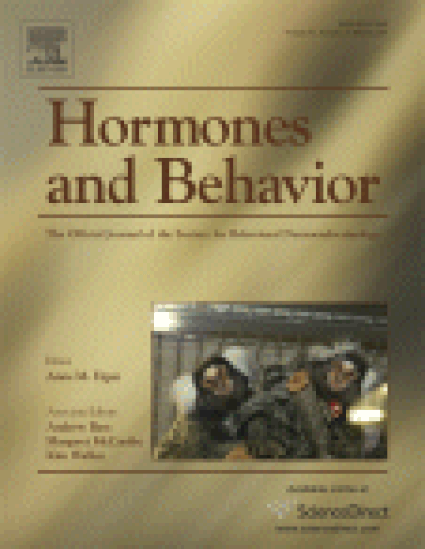
Although multiple condition dependence in dispersal is common, the proximate mechanisms that integrate information from multiple sources remain largely unknown. In the common lizard (Lacerta vivipara), earlier studies have shown that maternal plasma corticosterone level interacts with maternal phenotype to affect offspring phenotype and dispersal strategy, and may reflect the mother's external and/or internal environment. However, the mechanism by which these two types of environmental information are integrated has not been identified. We explored the possibility that the timing and duration of the corticosterone signal are the key factors by which the message is modulated. We found that the timing of corticosterone exposure affects the juvenile phenotype: an exposure to corticosterone early in development has negative effects on juvenile size, weight, and body condition, that can nevertheless be restored in the case of a prolonged exposure. The duration of corticosterone exposure affects the dispersal strategy, although the precise effect depends on the sex ratio of the clutch. That is, in female-biased clutches, a prolonged exposure during gestation promotes philopatry of juveniles, while a short exposure enhances their dispersal, a result that is consistent with kin competition theory. Therefore, our results demonstrate that while corticosterone titer may signal a mother's external and/or internal environment to her developing young, differences in the timing and duration of this endocrine signal produce offspring with specialized phenotypes that exhibit different dispersal strategies.
Available at: http://works.bepress.com/alfred_dufty/136/
